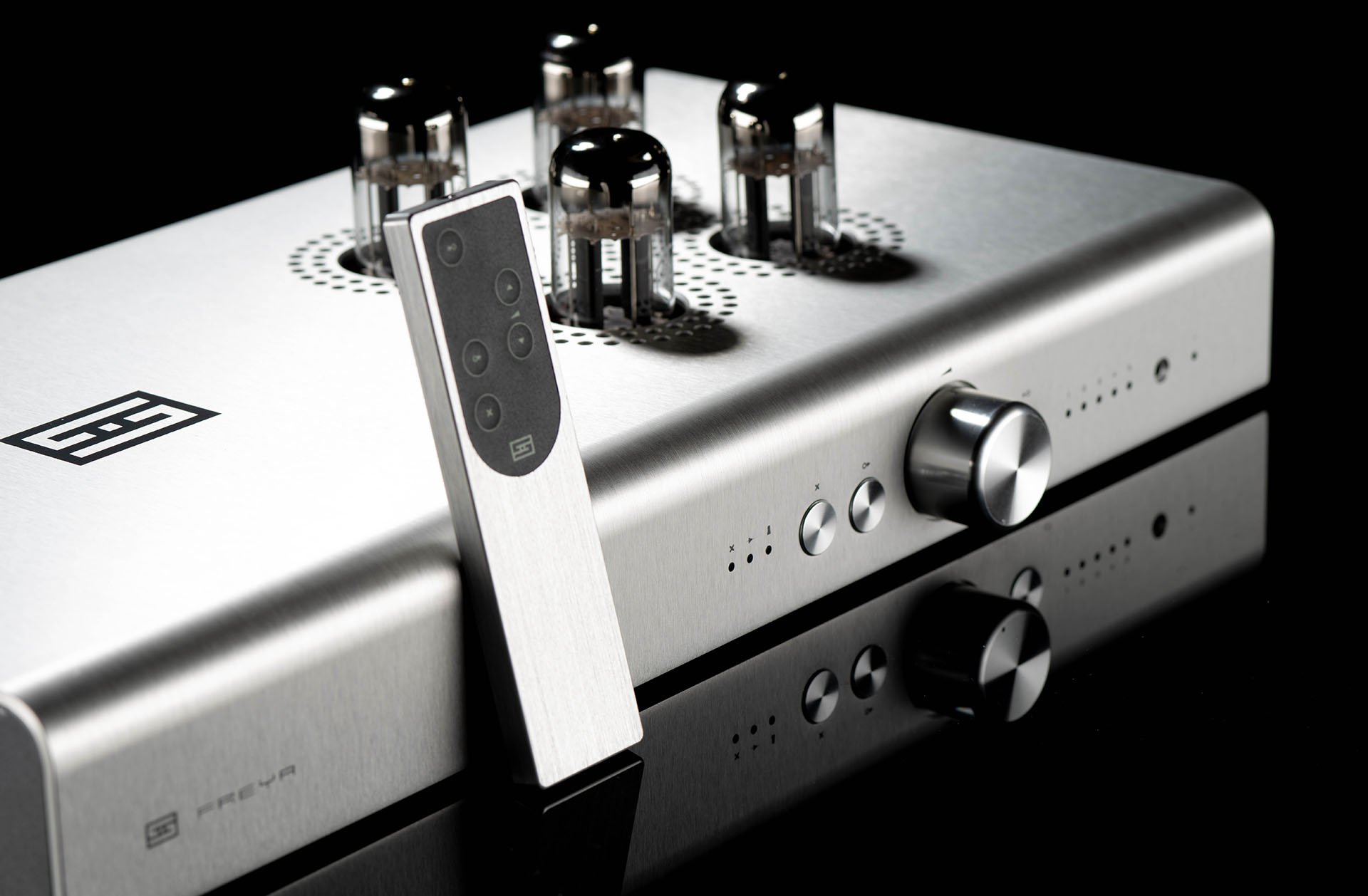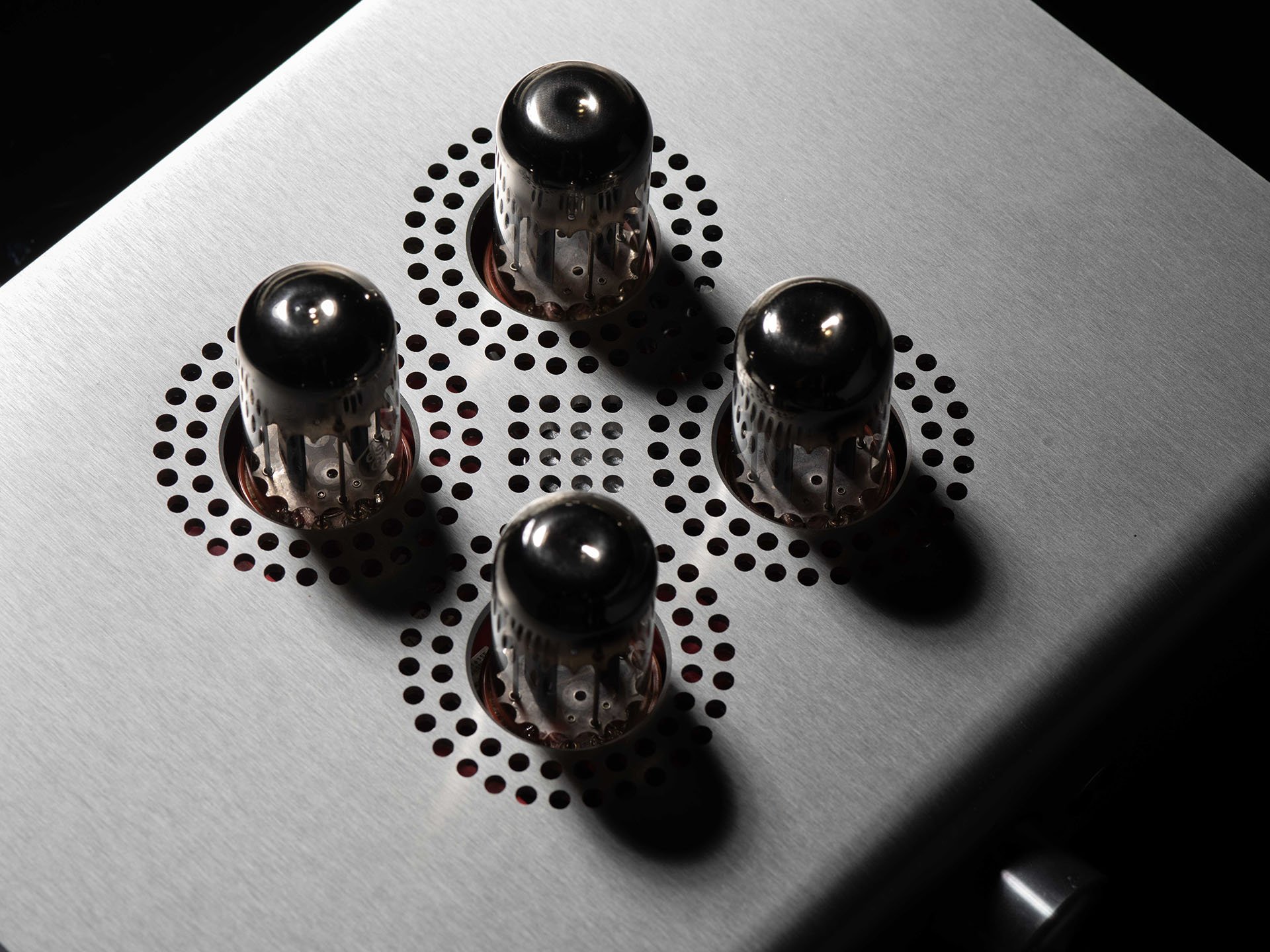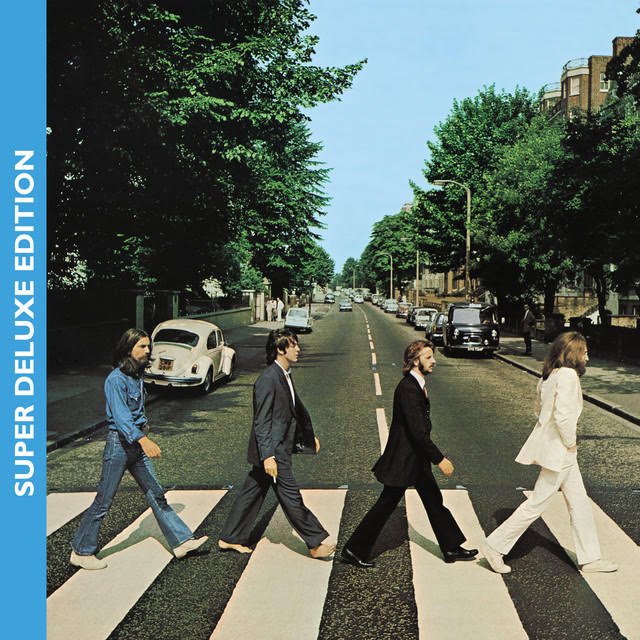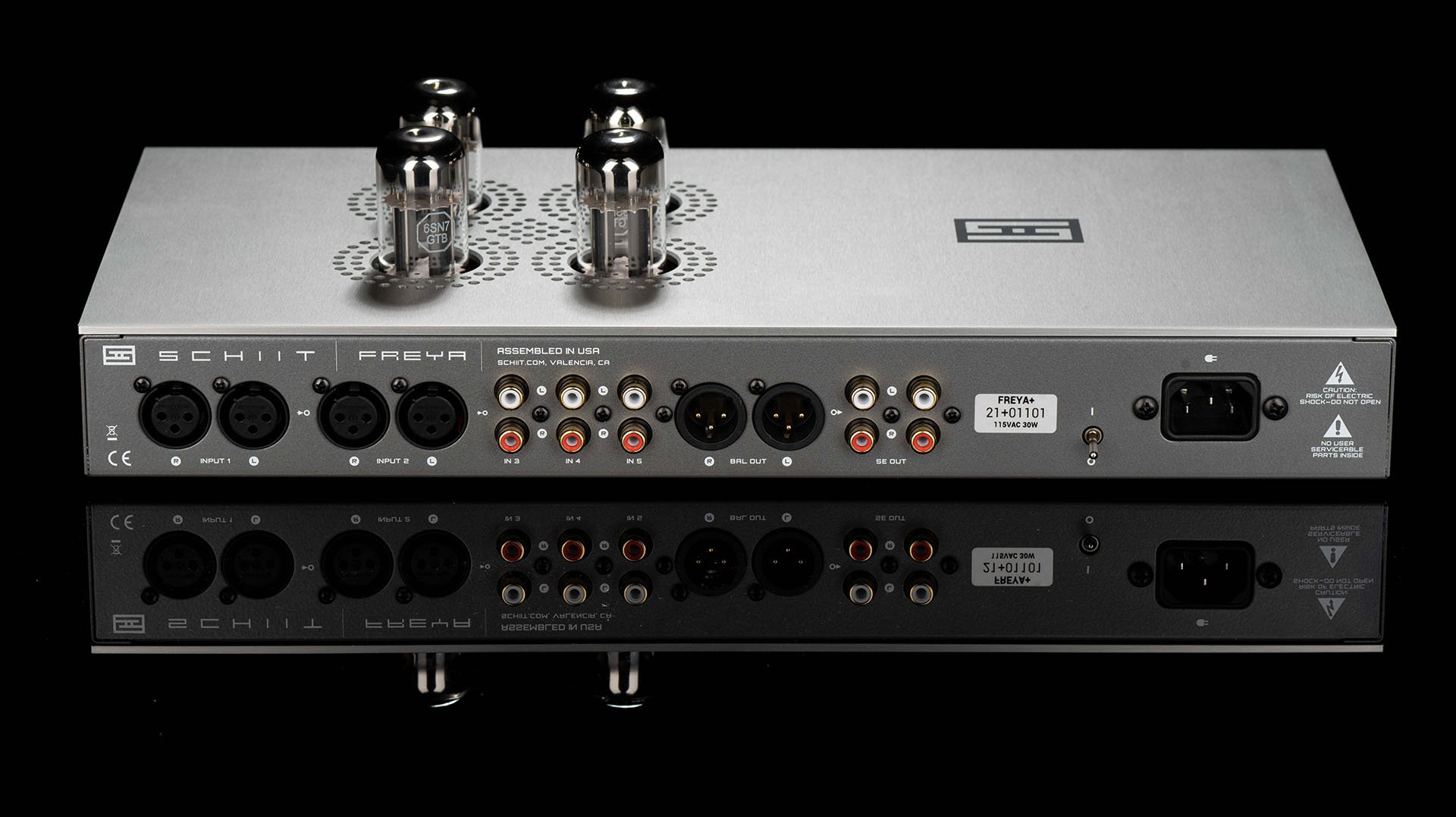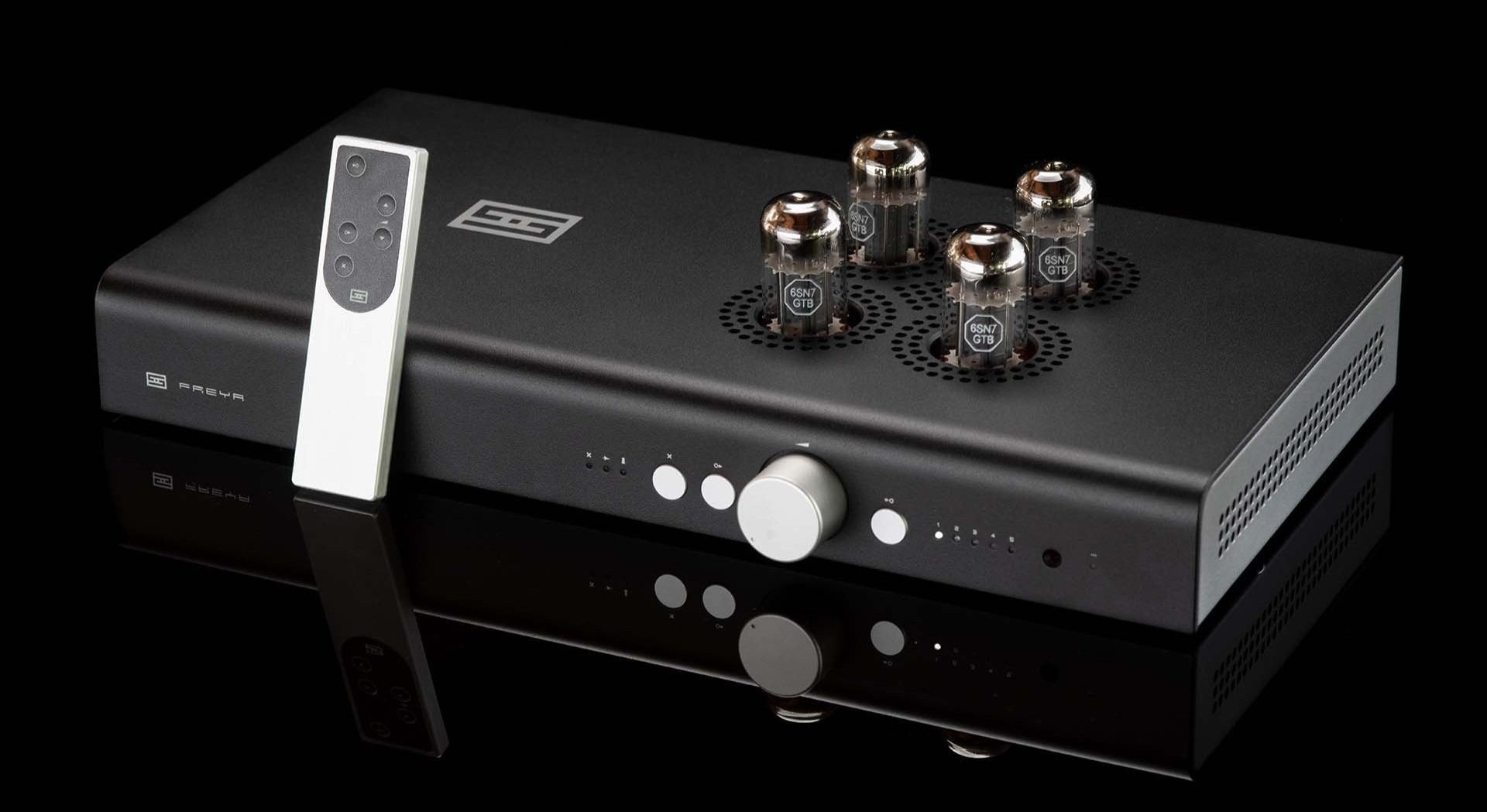SCHITT FREYA+ PREAMPLIFIER - REVIEW
Listening to the Schiit Freya+ Preamplifier
American firm Schiit Audio is one of the most unique companies in the HiFi industry. They sell direct only, save for one storefront in Los Angeles, called..The Schiitr. They design and build all their products in their California location. The company started out making tubed and solid state headphone amps, then added DACs, an integrated amplifier, preamps, power amplifiers, and now, even a turntable.
Schiit is known to upgrade their products when they feel they can make performance breakthroughs, or offer useful new features. Since their products are essentially modular, many can be upgraded if customers so desire. What makes Schiit most attractive to real world audiophiles are the prices, which for many products, seem to good to be true.
In house is the new Schiit Freya+. It is an update to the Freya preamp, introduced in 2017. The differences are significant. There is an upgraded chassis, a much better remote control unit, and a redesigned tube stage which Schiit says lowers the noise floor significantly. Like the original Freya, there are three modes, passive, JFET buffer, and tube. They say the JFET buffer state has also been redesigned. Maybe the biggest welcome change is the tubes are shut down when the other two output modes are engaged.
Speaking of tubes, what made the original Freya so interesting is the use of 6SN7 tubes, and unusual choice for preamps. Listening to the original Freya it is clear why they chose this unjustly ignored tube. The 6SN7 offers a seamless, organic, and midrange rich sound that is very easy on the ears. There is all the resolution and recorded detail you could hope for with coherence from top to bottom.
The original Freya shipped with pretty shchiity, or, er, shitty Chinese tubes. Schiit now ships with what we believe are a super choice, new production Tung Sol. They offer fantastic performance for the price, are easy to find if replacements are needed, and are very reliable. A really smart move by the company. The nice part of the whole story is that with all the changes and improvements, they have only raised the price by $100, which is more than fair. The Freya+ sells for $899.
Taking a closer look, we have a balanced design, with XLR inputs and outputs, a crazy accurate 128 stepped attenuator, dual single ended outputs for use with a subwoofer, and a mute button. On paper, all of these features are hard to believe for the price. For those who wanted to spend even less, Schiit also introduced the Saga preamp, which used only one 6SN7 tube, offered passive or tube buffer output stages, and had a 64 stepped attenuator in a smaller package for about half the price.
When updating the Freya and Saga, Schiit decided to throw a caution to the wind and introduce “S” versions of the Freya and Saga, and this indicates, no tubes, solid state only. So there are currently four preamps in the line up,: the Saga+, the Saga S, the Freya+, and the Freya S. To make it even more interesting, Schiit says they will only keep the models that get the most orders, so essentially paying customers are voting on what stays as an active product in the preamp line.
The Freya+ arrived well packaged, and the first thing we noticed is how much better the new metal remote is. The original cheap wafer thin remote was annoying, if not functional. The Tung Sol tubes were also a welcomed sight. The overall workmanship is absolutely superb for a component under a grand, we mean seriously clean lines.
After plugging in all the cables we fired up the rest of the system, which included a Bryston BDA-3 DAC, a Sonore microRendu, a Rega Planar 8 turntable, an Ayre V-5xe power amp, and Magnepan 3.7i speakers, with JL Audio subwoofers in a stereo pair The dual variable outputs on the Freya+ were indeed welcomed for that purpose.
The system was was balanced from DAC to preamp, to power amp, with Black Rhodium Symphony XLR cables. The preamp sat on Symposium Rollerblock Jr. isolation devices, with an Acoustic Zen Tsunami II power cord plugged into the back IEC inlet. The whole system was powered by both a Bryston BIT-15 isolation transformer and an Audience aR6 power conditioner.
Streaming and Spinning Tunes:
The Freya+ in tube output mode (the way we used the preamp most of the time) sounded every bit as good as we remember the original Freya did. With the Freya long gone, it was not possible to do side by side comparisons, but it did seem, with the rest of the system essentially intact, the noise floor was lower, and the tonal colors were just as saturated.
As per our usual way, we listened to numerous new and vintage recordings. One recent release, Walk Through Fire, the debut by British neo soul songstress Yola, The 24/48 download came through as expansive, artfully layered, and cinematic in scope. Her powerful voice was front and center, supported by retro production flourishes. Her acoustic guitar, which kept the songs grounded to earth, came through with nice wood and steel overtones.
Going back in time to 1976, The Art Of Tea, by jazz pop genius Michael Franks, was high enjoyable, with the Freya+ rendering his voice as it should sound, silky and smooth, accentuating his gift of understatement and nuance. The rhythms were slinky and funky, and seemed to flow effortlessly out of the speakers.
When we were wrapping up this overview, the 50th anniversary edition of the Beatles 1969 opus Abbey Road appeared in our mailbox and we were able to rip the Blu-ray 24/96 tracks to FLAC. The album was remixed along with numerous outtakes. The remix sounds fantastic to our ears, with recorded details, and long buried guitar and key board parts, as well as vocal tidbits, far more apparent.
The Freya+ got the tonal balance right, with the perfect amount of bottom end, midrange transparency, with an amazingly quiet background due to the remix removing one layer of analog tape noise. The same applied when we cued up the previous two anniversary remixes of Sgt. Pepper, and The White Album.
Passive and Buffer Modes:
For those using the Freya+ with tube amps, it might actually be a better match to use the JFET buffer mode, as sometimes we have found that tubed preamps matched with tubed power amps can be too much of a good thing on many recordings. The buffer definitely has less gain than the tube mode, and it is very clean, low noise, and seemingly transparent.
For those with high gain amps, the passive mode might be a great match, as then you are essentially using the Freya+ as direct link from source to amplifier, with the benefit of it’s precision volume control. There is no doubt most passive controllers essentially live and die by their volume controls.
As far as ergonomics, the Frey+ was a dream. The 128 step volume control, made it easy to find the perfect volume level for every album. The feel and click of the volume knob inspired confidence. The input and output connectors around back and the selector buttons on front also inspired confidence.
The slow start / standby when powered up is also clever, and allowing the tubes to stabilize before being ready to use. There are enough inputs to accommodate numerous sources, including two XLR inputs. In fact maybe the only “complaint” we have is the lack of a tape loop or fixed output for recording or other purposes.
To add some context to the observations above, we have had numerous far more expensive tubed preamps in the system, including multiple models from Rogue, Audio Research, Lamm, Manley, and others. It is our belief the Freya+ was not in any way embarrassed by these units, and in fact, held it’s own in every category except maybe for less elaborate case work.
To add another perspective, we have also had many “budget” tube preamps in for audition and while all of them sounded generally “good”, they all seemed to do one thing well, usually a smooth midrange, or they added some harmonic richness, but along with that a flat sounding top end, and somewhat sloppy bass. No such situation with the Freya+. It was difficult to find an area where it was deficient sonically overall.
The Schiit Freya+ gets our highest recommendation. For $899 you get a triple mode line stage, with a 128 stepped attenuator, rarely used but beautiful sounding 6SN7 tubes (new production Tung Sols to boot) and a nice metal remote control. The Freya+ with the design changes noted above, only commands a $100 premium over the original Freya, which is amazing.. If you have no desire for tubes, the Freya S is available for less.
The kicker is that the preamp, even when matched with far more expensive components sounds wonderful. If you are shopping for a tubed preamp with the features described above, we have peaked your interest, don’t take our word for it, we strongly suggest you give the Freya+ a listen and take advantage of Schiit’s virtually risk free purchase. They charge a reasonable re-stocking fee if you decide to return it.
It would be very interesting if Schiit decided to design and market a tubed power amp as impressive as the Freya+. They do have two solid state power amps, the Vidar, and Aegir, which are also under a grand. The Vidar is probably due for an update and that will be at the top of our audition list if that happens.
Schiit Freya+ Preamplifier: $899
Product page: https://www.schiit.com/products/freya-1
